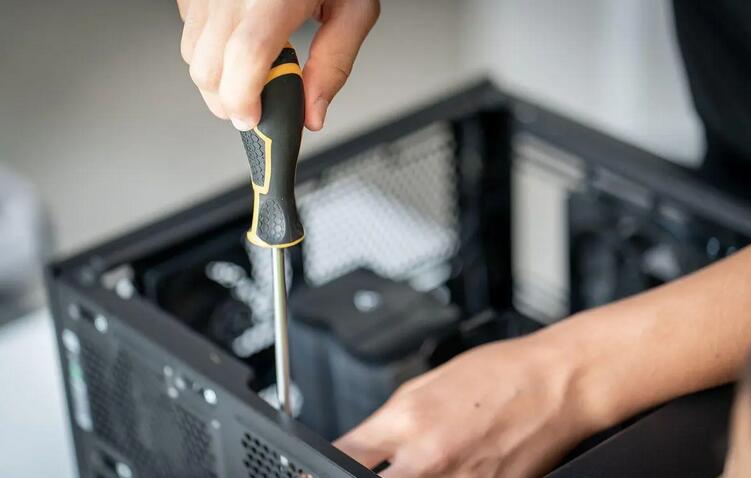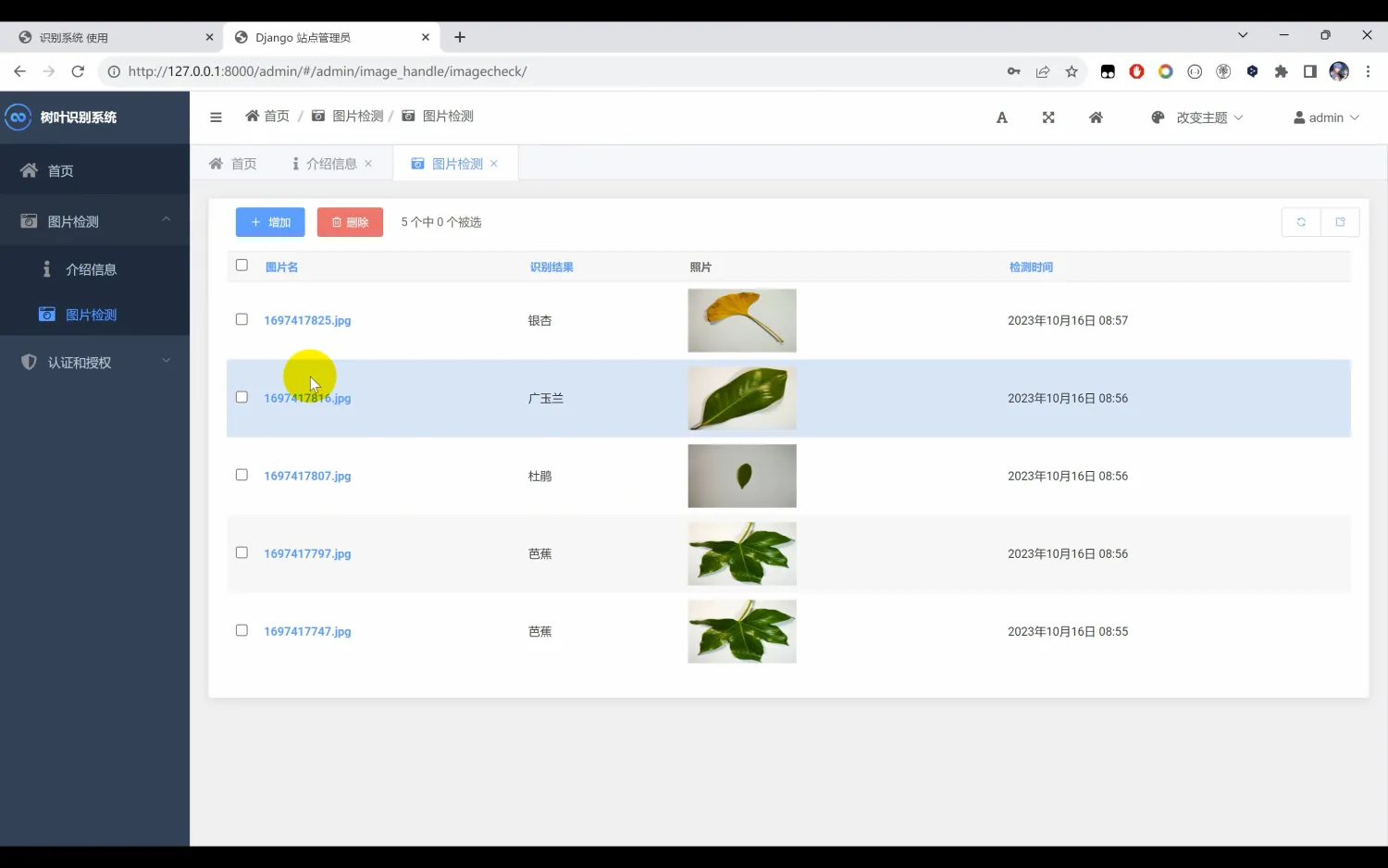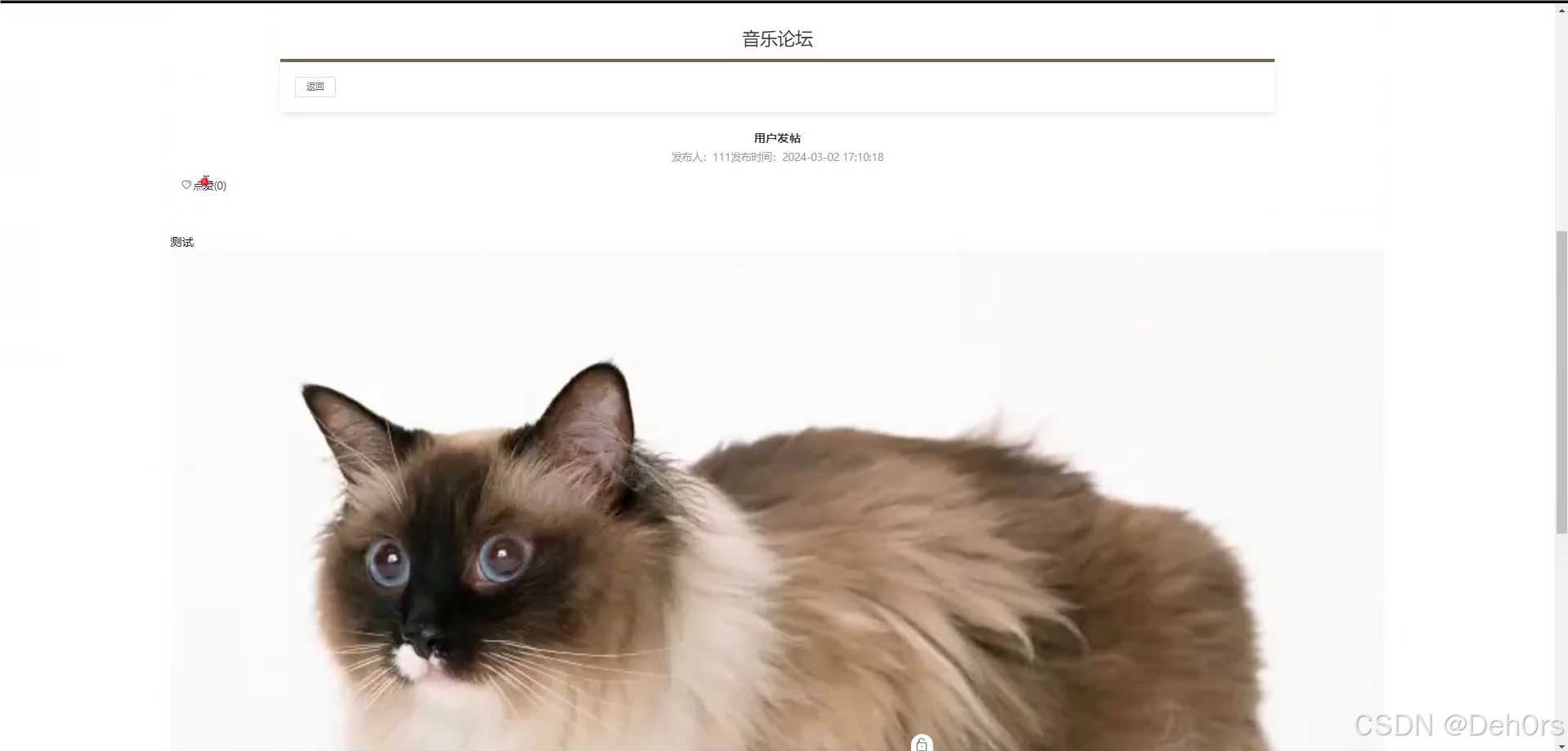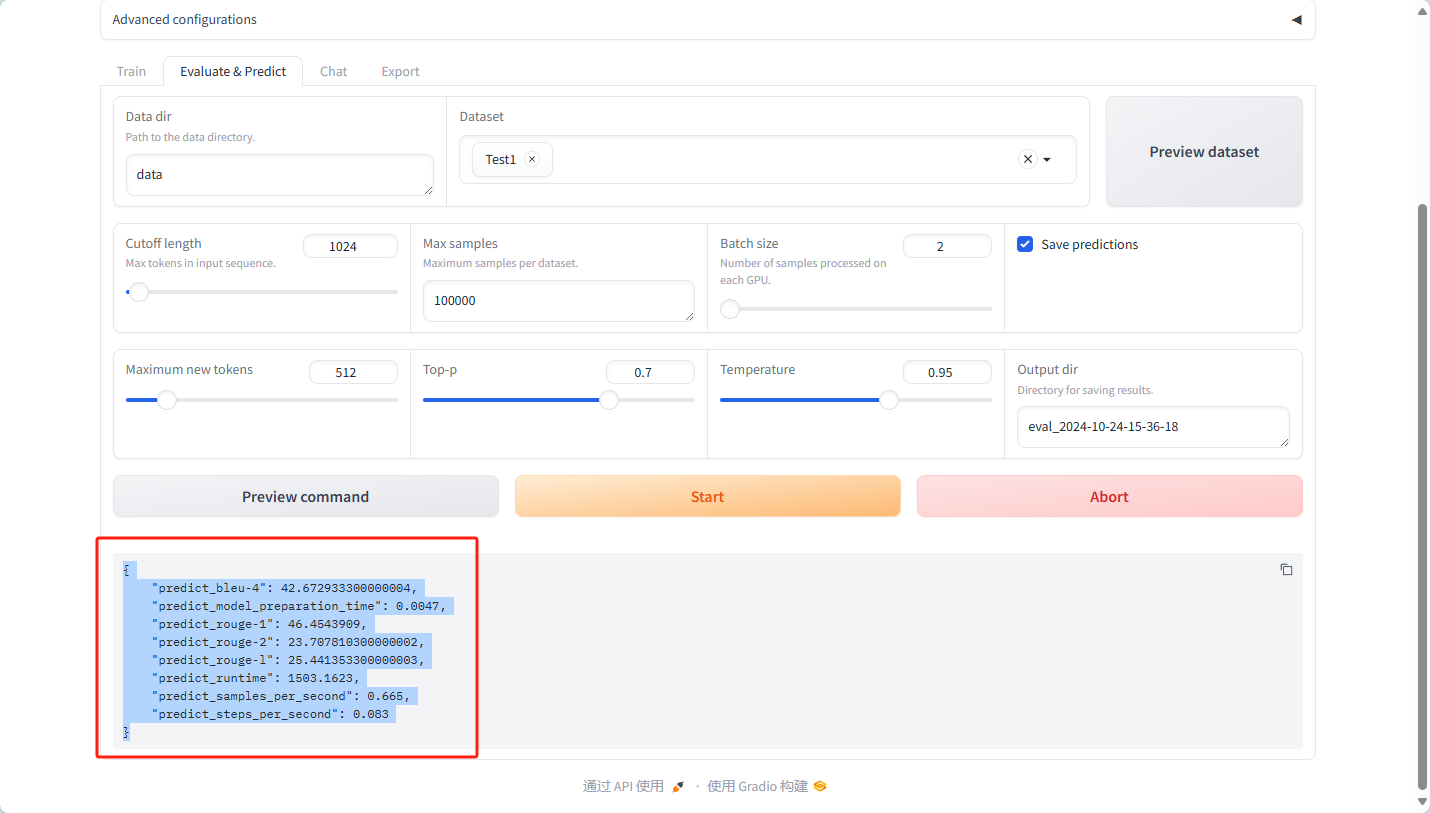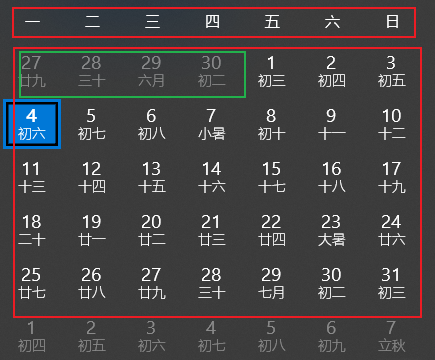AI带货主播作为新兴的数字营销手段,正在逐步改变着电商行业的面貌,AI技术的不断进步使得带货主播能够以更加真实、生动的视觉效果展现在消费者面前,从而大大提升了购物体验和销售转化率。
那么,AI带货主播如何打造真实视觉效果呢?以下是一些关键的实践经验和源代码分享。
一、AI面部捕捉与表情模拟
AI带货主播的核心在于其面部捕捉与表情模拟技术,通过高精度的面部识别算法,AI能够实时捕捉主播的面部表情,并模拟出与真人无异的各种表情变化。

这种技术使得AI带货主播在直播过程中能够展现出丰富的情感表达,从而增强与观众的互动和粘性。
源代码示例一:
import face_recognition
import cv2
# 加载主播面部图像
known_image = face_recognition.load_image_file("anchor.jpg")
known_face_encoding = face_recognition.face_encodings(known_image)[0]
# 实时捕捉视频帧
video_capture = cv2.VideoCapture(0)
while True:
ret, frame = video_capture.read()
rgb_frame = frame[:, :, ::-1]
# 查找当前帧中的面部
face_locations = face_recognition.face_locations(rgb_frame)
face_encodings = face_recognition.face_encodings(rgb_frame, face_locations)
for (top, right, bottom, left), face_encoding in zip(face_locations, face_encodings):
matches = face_recognition.compare_faces([known_face_encoding], face_encoding)
if matches[0]:
# 在匹配到的面部上绘制矩形框
cv2.rectangle(frame, (left, top), (right, bottom), (0, 0, 255), 2)
cv2.imshow('Video', frame)
if cv2.waitKey(1) & 0xFF == ord('q'):
break
video_capture.release()
cv2.destroyAllWindows()二、实时动作捕捉与姿态模拟
除了面部表情外,AI带货主播还需要具备实时动作捕捉与姿态模拟的能力。通过深度学习算法,AI可以实时捕捉主播的动作并模拟出相应的姿态变化。
这种技术使得AI带货主播在展示商品时能够做出各种自然、流畅的动作,从而提升观众的购物体验。
源代码示例二:
import pyopenpose as op
import cv2
# 初始化OpenPose参数
params = dict()
params["model_folder"] = "./models/"
params["face"] = True
params["hand"] = True
# 启动OpenPose
opWrapper = op.WrapperPython()
opWrapper.configure(params)
opWrapper.start()
# 实时捕捉视频帧
cap = cv2.VideoCapture(0)
while True:
ret, frame = cap.read()
if not ret:
break
# 进行人体姿态估计
datum = op.Datum()
datum.cvInputData = frame
opWrapper.emplaceAndPop([datum])
# 在帧上绘制关键点
frame = op.drawPose(frame, datum.poseKeypoints, params)
cv2.imshow("OpenPose 1.7.0 - Tutorial Python API", frame)
if cv2.waitKey(1) == 27:
break
cap.release()
cv2.destroyAllWindows()三、背景替换与虚拟场景融合
为了打造更加真实、生动的视觉效果,AI带货主播还需要具备背景替换与虚拟场景融合的能力,通过图像分割算法和渲染技术,AI可以将主播与背景进行实时分离,并将其融入到各种虚拟场景中。
这种技术使得AI带货主播能够在各种场景下进行直播,从而满足不同品牌、不同产品的宣传需求。
源代码示例三:
import cv2
import mediapipe as mp
# 初始化MediaPipe Selfie Segmentation
mp_selfie_segmentation = mp.solutions.selfie_segmentation
selfie_segmentation = mp_selfie_segmentation.SelfieSegmentation(model_selection=1)
# 实时捕捉视频帧
cap = cv2.VideoCapture(0)
while cap.isOpened():
ret, frame = cap.read()
if not ret:
break
# 转换颜色空间
results = selfie_segmentation.process(frame)
mask = results.segmentation_mask
# 应用背景替换
condition = (mask > 0.5).astype("uint8")
background = cv2.imread("background.jpg")
background = cv2.resize(background, (frame.shape[1], frame.shape[0]))
output_frame = cv2.bitwise_and(background, background, mask=cv2.bitwise_not(condition))
output_frame = cv2.bitwise_or(output_frame, frame, mask=condition)
# 显示结果
cv2.imshow("Background Replacement", output_frame)
if cv2.waitKey(1) == 27:
break
cap.release()
cv2.destroyAllWindows()四、增强现实商品展示
源代码四:
import numpy as np
import cv2
import pyaruco as aruco
# 初始化ARUCO字典
aruco_dict = aruco.Dictionary_get(aruco.DICT_6X6_250)
# 加载商品3D模型
model = cv2.imread("product_3d_model.png", cv2.IMREAD_UNCHANGED)
model_height, model_width, _ = model.shape
# 实时捕捉视频帧
cap = cv2.VideoCapture(0)
aruco_params = aruco.DetectorParameters_create()
while cap.isOpened():
ret, frame = cap.read()
if not ret:
break
# 检测ARUCO标记
corners, ids, rejectedImgPoints = aruco.detectMarkers(frame, aruco_dict, parameters=aruco_params)
if len(corners) > 0:
# 绘制ARUCO标记边界
frame = aruco.drawDetectedMarkers(frame, corners, ids)
# 假设第一个检测到的标记用于商品展示
rvec, tvec, _ = aruco.estimatePoseSingleMarkers(corners[0], 0.1, aruco_dict, camera_matrix, dist_coeffs)
# 使用透视变换将3D模型投影到帧上
matrix, _ = cv2.findHomography(np.float32([[0, 0], [model_width, 0], [model_width, model_height], [0, model_height]]),
corners[0].reshape(4, 2), cv2.RANSAC, 5.0)
height, width, channels = frame.shape
model_points = np.float32([[0, 0], [model_width, 0], [model_width, model_height], [0, model_height]]).reshape(-1, 1, 2)
img_points = cv2.perspectiveTransform(model_points, matrix)
img_points = np.int32(img_points).reshape(-1, 2)
for i in range(0, 4):
cv2.line(frame, tuple(img_points[i]), tuple(img_points[(i+1)%4]), (0, 255, 0), 2)
# 绘制3D模型(这里简单用图像表示)
frame[int(img_points[1][1]):int(img_points[3][1]), int(img_points[0][0]):int(img_points[2][0])] = model
cv2.imshow("AR Product Showcase", frame)
if cv2.waitKey(1) == 27:
break
cap.release()
cv2.destroyAllWindows()注意:在源代码四中,camera_matrix和dist_coeffs是相机内参和畸变系数,需要根据实际相机进行标定,product_3d_model.png是一个简单的示例,实际应用中可能需要更复杂的3D模型。
五、实时语音识别与互动
源代码五:
import speech_recognition as sr
import pyaudio
import threading
# 初始化语音识别器
recognizer = sr.Recognizer()
microphone = sr.Microphone()
# 实时语音识别函数
def listen_for_commands():
with microphone as source:
print("Listening...")
audio =
python recognizer.adjust_for_ambient_noise(source)
audio = recognizer.listen(source)
try:
# 使用Google Web Speech API识别语音
command = recognizer.recognize_google(audio, language="zh-CN")
print(f"You said: {command}")
# 在这里添加对命令的处理逻辑
except sr.UnknownValueError:
print("Google Speech Recognition could not understand audio")
except sr.RequestError as e:
print(f"Could not request results from Google Speech Recognition service; {e}")
# 在另一个线程中运行语音识别函数,以便与主线程并行处理
listen_thread = threading.Thread(target=listen_for_commands)
listen_thread.start()
# 主线程可以继续执行其他任务,例如显示视频流或处理用户输入
# ...
# 注意:在实际应用中,需要确保listen_thread在适当的时候能够停止,
# 例如通过设置一个全局变量来控制循环的退出条件。
# 这里为了简化示例,没有包含停止线程的逻辑。六、整合AI带货主播功能
源代码六:
import threading
import time
# 假设前面定义的函数和变量已经存在,如:
# - face_recognition_and_expression_simulation()
# - motion_capture_and_pose_simulation()
# - background_replacement_and_virtual_scene_fusion()
# - ar_product_showcase()
# - listen_for_commands() (已经在源代码五中定义)
# 主函数,整合所有功能
def main():
# 启动面部捕捉与表情模拟
face_thread = threading.Thread(target=face_recognition_and_expression_simulation)
face_thread.start()
# 启动动作捕捉与姿态模拟
motion_thread = threading.Thread(target=motion_capture_and_pose_simulation)
motion_thread.start()
# 启动背景替换与虚拟场景融合
background_thread = threading.Thread(target=background_replacement_and_virtual_scene_fusion)
background_thread.start()
# 启动增强现实商品展示(可以集成到背景替换线程中,但为了示例清晰,单独列出)
ar_thread = threading.Thread(target=ar_product_showcase)
ar_thread.start()
# 已经启动了语音识别线程(在源代码五中)
# 主线程可以执行其他任务,例如显示视频流或处理用户输入
try:
while True:
# 模拟主线程正在执行的其他任务
time.sleep(1)
except KeyboardInterrupt:
print("Exiting main thread")
finally:
# 确保所有线程在程序退出时能够正确结束
face_thread.join()
motion_thread.join()
background_thread.join()
ar_thread.join()
listen_thread.join() # 假设listen_thread是一个全局变量,或者需要在其他地方正确管理它的生命周期
if __name__ == "__main__":
main()请注意,上述代码示例是为了展示如何整合各个功能而编写的简化版本,在实际应用中,可能需要考虑更多的细节,例如线程之间的同步、错误处理、资源管理等。
此外,由于代码示例中涉及多个外部库和API(如OpenPose、MediaPipe、Google Speech Recognition等),确保你已经正确安装了这些库,并且API密钥(如Google Speech Recognition的API密钥)已经配置正确。


![P7400 [COCI2020-2021#5] Magenta 题解](https://i-blog.csdnimg.cn/direct/448792d885f84545b19ecf914539201c.jpeg#pic_center)

